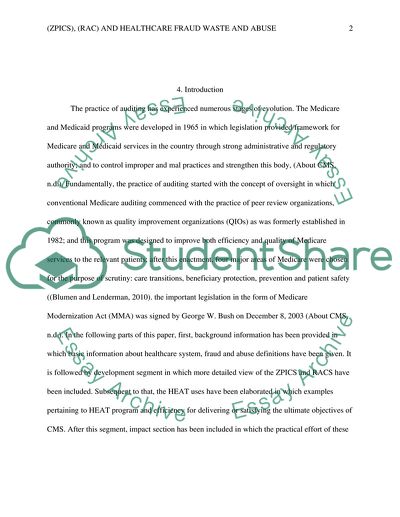Cite this document
(“(ZPICS), (RAC) and Healthcare Fraud Waste and Abuse Research Paper”, n.d.)
(ZPICS), (RAC) and Healthcare Fraud Waste and Abuse Research Paper. Retrieved from https://studentshare.org/finance-accounting/1680889-zpics-rac-and-healthcare-fraud-waste-and-abuse
(ZPICS), (RAC) and Healthcare Fraud Waste and Abuse Research Paper. Retrieved from https://studentshare.org/finance-accounting/1680889-zpics-rac-and-healthcare-fraud-waste-and-abuse
((ZPICS), (RAC) and Healthcare Fraud Waste and Abuse Research Paper)
(ZPICS), (RAC) and Healthcare Fraud Waste and Abuse Research Paper. https://studentshare.org/finance-accounting/1680889-zpics-rac-and-healthcare-fraud-waste-and-abuse.
(ZPICS), (RAC) and Healthcare Fraud Waste and Abuse Research Paper. https://studentshare.org/finance-accounting/1680889-zpics-rac-and-healthcare-fraud-waste-and-abuse.
“(ZPICS), (RAC) and Healthcare Fraud Waste and Abuse Research Paper”, n.d. https://studentshare.org/finance-accounting/1680889-zpics-rac-and-healthcare-fraud-waste-and-abuse.


